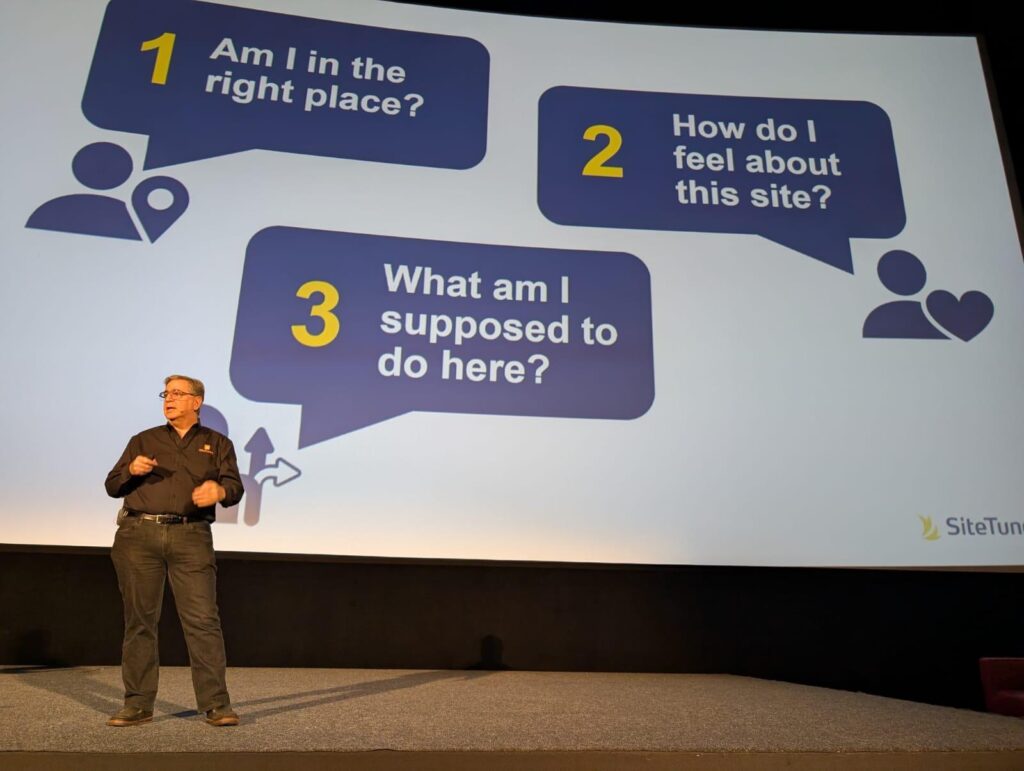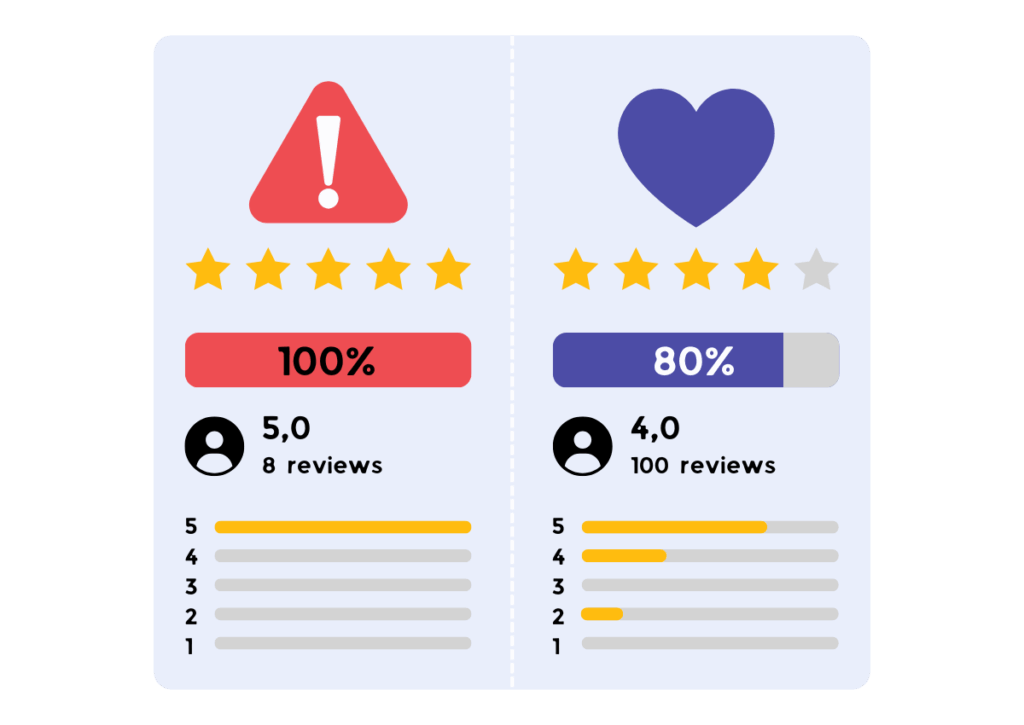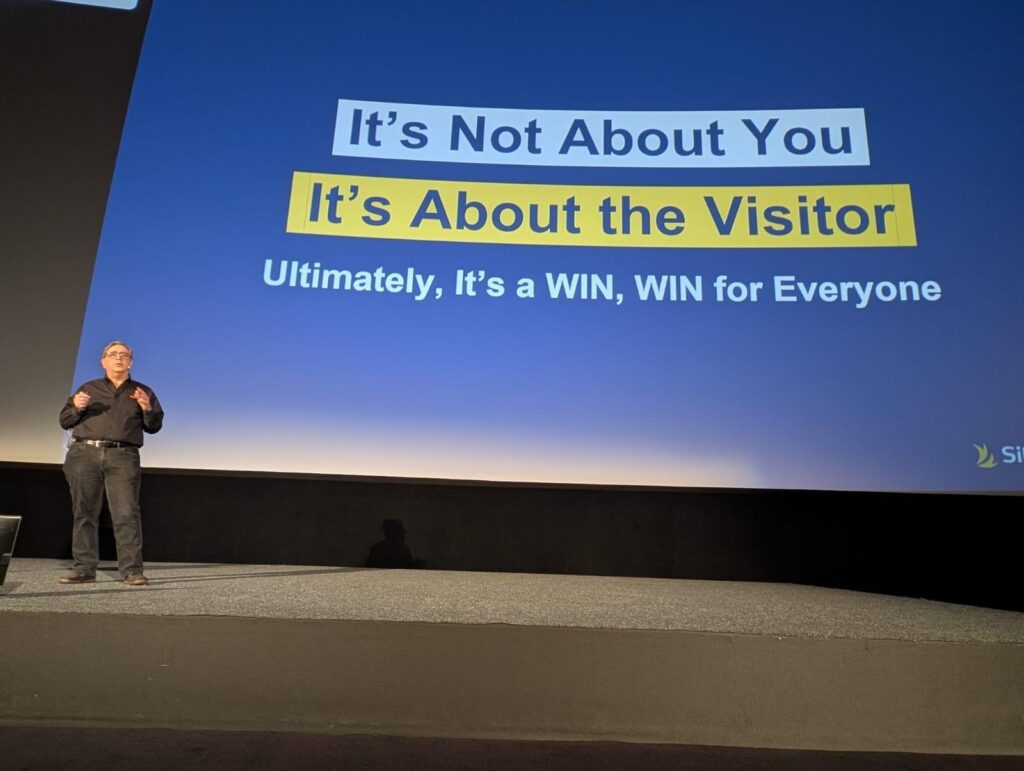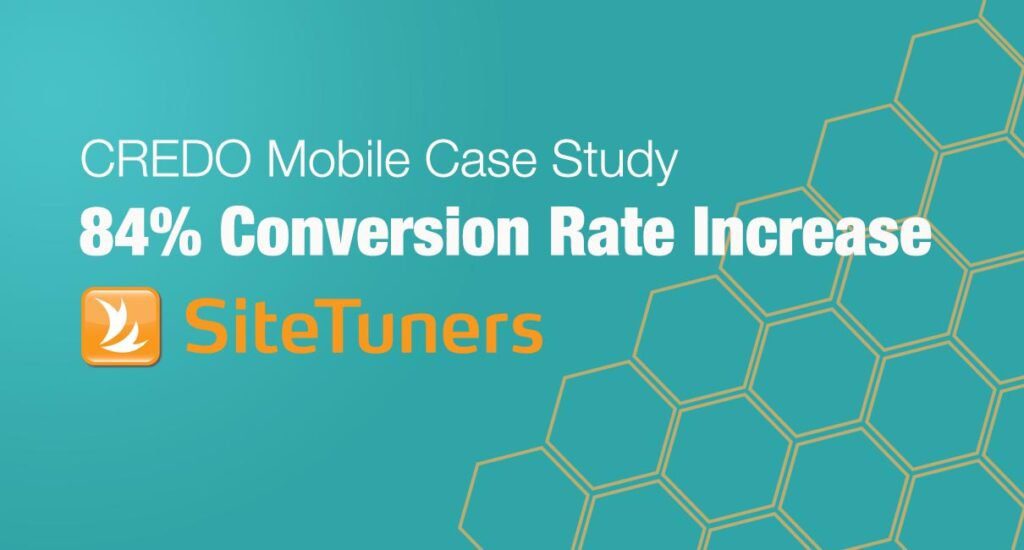Introduction
Most sites ignore this completely.
Your customers aren’t logical shoppers. They’re humans operating on ancient survival instincts, making split-second judgments based on those subconscious triggers that determine whether they buy or bounce within seconds of landing on your site.
The psychology is simple: every visitor subconsciously asks three questions, experiences “trust blindness” to repetitive signals, and only cares about one thing: “What’s in it for me?”
Get these psychological principles right, and conversion rates jump 25% or more. Get them wrong, and even the best products won’t sell online.
This blog reveals the exact psychological strategies we use at SiteTuners to consistently transform struggling e-commerce sites into revenue-generating machines.
The 50,000-Year-Old Brain in Modern Shopping
This might shock you, but your customers’ brains haven’t evolved since their cave-living ancestors.
And those same survival instincts drive every purchase.
Here’s what most e-commerce “experts” won’t tell you: the human brain that kept our ancestors alive for millennia is the exact same brain making purchasing decisions on your website today.

Survival Mode Shopping
Our ancestors survived through pure self-interest:
- Finding food before competitors
- Seeking safe shelter
- Staying alive in hostile environments
When someone lands on your e-commerce site, they’re not thinking, “How can I help this business succeed?”
They’re asking, “What’s in this for ME?” Or, as we like to call it, WIFFM.
This process isn’t conscious decision-making. It’s ancient brain wiring that happens faster than rational thought.
The Instant Trust Assessment
Within milliseconds of arriving on your site, visitors make unconscious judgments about:
- Safety (Can I trust this business with my money?)
- Value (Will this solve my specific problem?)
- Urgency (Do I need to act now, or can I wait?)
However, most e-commerce sites aim to attract rational, methodical shoppers who may not exist.
The winning sites understand this psychological reality and design accordingly.
Here are 6 things to consider when trying to build trust online.
The Three Subconscious Questions Every Visitor Asks
SiteTuners Core Framework: Every visitor subconsciously evaluates your site through three instant psychological filters.
Fail any of these, and they’ll bounce before considering a purchase.
After analyzing user behavior across 2100 websites, we’ve identified three core questions that determine conversion success within seconds of site arrival.

Question 1: “Am I in the Right Place?”
Visitors arrive with specific problems or desires.
They need immediate confirmation that your site addresses their need. This isn’t about clever branding… It’s about instant relevance.
The Psychology: Cognitive load theory suggests that the human brain can only process a limited amount of information at once. If visitors must work to understand what you offer, their brains choose the easier option: leaving.
What This Looks Like: Clear, benefit-driven headlines that speak directly to visitor intent. Product categories that match how customers think, not how you organize your inventory. Visual cues that immediately communicate your value proposition.
Question 2: “How Do I Feel About This?”
Logic might influence final purchase decisions, but emotion drives initial engagement.
Visitors need to feel positive about your brand before considering a purchase.
The Emotional Triggers: Safety (visible trust signals, secure payments, clear returns), belonging (social proof showing “people like me” buy here), and progress (clear indication they’re moving toward solving their problem).
Question 3: “What Am I Supposed to Do Here?”
Decision paralysis is real.
Too many options mean visitors choose none.
Successful e-commerce sites guide visitors down clear, logical paths to purchase.
The Paradox of Choice: Research suggests that too many options decrease conversion rates. Your job is to make the next step obvious and compelling.
We’ve used this three-question framework to help clients like Beautronics achieve a 50x increase in conversions without spending an extra penny on advertising.

Trust Blindness: Why Your Trust Signals Aren’t Working
The Problem: Visitors develop “trust blindness” to repetitive trust signals.
Show the same logos three times, and their brains stop processing them by the third appearance.
The Psychology of Trust Signal Variety
The human brain notices patterns and filters out repetition.
Show the same row of client logos three times while a visitor scrolls, and their brain literally stops processing them by the third appearance.
The Trust Signal Hierarchy
Through extensive testing, we’ve identified the most effective trust signals in order of psychological impact:
- Visible Phone Number: The #1 trust symbol globally (tested across hundreds of locations worldwide)
- Real Customer Photos: Not stock images – actual customers using your products
- Specific Testimonials: Details matter more than generic praise
- Social Proof Numbers: Concrete figures (customers served, years in business)
- Security Badges: But only when relevant to the specific page/action
Strategic Trust Signal Placement
The solution is variety and relevance:
- Different trust elements beneath each call-to-action
- Rotation between logos/testimonials/ratings/data points
- Trust signals directly supporting specific conversion goals
Instead of showing identical client logos everywhere, we helped one SaaS client increase conversions from 8% to nearly 50% by rotating between customer logos, star ratings, testimonials, and usage statistics.
Social Proof That Actually Converts
Most e-commerce sites get social proof entirely wrong.
It’s either not enough or presented in ways that feel fake and manipulative.
Your brain is incredibly sophisticated at detecting fake social proof.
Generic testimonials, obviously purchased reviews, and stock photo “customers” trigger skepticism rather than trust.
The Review Collection Psychology
According to PowerReviews, up to 80% of reviews come from strategic post-purchase follow-ups.
But the e-commerce conversion psychology of how you ask matters enormously.
Ask when customers experience peak satisfaction, offer value exchanges (points, discounts, early access) for detailed reviews, and use specific prompts (“How has this product changed your daily routine?” vs. “Please leave a review”).
Managing Negative Social Proof
Here’s counterintuitive psychology: 30% of consumers become skeptical when there are no negative reviews.
A balanced review profile (roughly 80% positive) builds more trust than 100% positive reviews.
The Booking.com Strategy: They wait until properties have at least 5 reviews before displaying average ratings, preventing misleading early impressions while building credible social proof.
We helped Irish Jewelry Craft triple its revenue by implementing these authentic social proof strategies, focusing on the emotional connection American customers have with Irish heritage.

The WIIFM Principle: Making It About Them
Every visitor subconsciously asks, “What’s In It For Me?” yet most websites practice “Opera School Marketing” — it’s all about me, me, me, me.
Stop talking about your company and start talking about your customers.
This isn’t just copywriting advice… It’s psychology.
The Fundamental Shift
Instead of: “We’re the leading provider of innovative solutions,” Try: “Get the results you’ve been looking for.”
Customers don’t buy products; they buy better versions of themselves.
Your e-commerce site should clearly communicate the customer’s current state (what problem/frustration they have now), desired state (what life looks like after using your product), and the bridge (how your product creates that transformation).
WIIFM in Action: The Newsletter Example
We transformed a baby furniture client’s email signup by changing:
- Before: “Subscribe to our newsletter”
- After: “Add more joy to your life” with a button saying, “Yes, I want more joy”
Parents weren’t signing up for emails; they were signing up for more joy with their child.
The results were immediate and dramatic because we answered the WIIFM question directly.
Feature vs. Benefit Psychology
Please, please, please don’t feature people to death on your website.
Your brain processes benefits differently from features.
Features require cognitive work to understand relevance. Benefits trigger emotional responses.
- Feature: “Machine washable, fade-resistant materials”
- Benefit: “Get the best sleep of your life with our ultra-soft, toasty comfort blanket”
The benefit creates an emotional vision of the outcome, while features just list specifications.
Practical Implementation Guide
These actionable strategies can translate psychology into immediate conversion improvements you can implement today.
The 3-Second Clarity Test
Your homepage must pass this test: visitors should understand what you sell and why they should care within 3 seconds.
If it takes longer, you’re losing conversions.
Implementation Steps:
- Add 3-6 words under your logo describing exactly what you do
- Use benefit-driven headlines, not company-focused messaging
- Make your primary value proposition the largest text on the page
Trust Signal Audit
Examine current trust signals for “trust blindness”:
- Count how many times you repeat identical trust elements
- Identify opportunities to rotate between different social proof types
- Add a visible phone number to your header (click-to-call on mobile)
The Personalization Strategy
Create different experiences for different customer segments:
- New vs. Returning Visitors: Show “Recently Viewed” for returning customers
- Geographic Personalization: “Free shipping to [Location]” based on IP address
- Device-Specific: Optimize mobile experiences for thumb-friendly navigation
Conversion Funnel Psychology
Apply the three subconscious questions to each funnel step:
- Product Pages: Am I in the right place? (Clear product benefits)
- Cart Pages: How do I feel? (Trust signals, return policy)
- Checkout Page: What do I do? (Clear, single-step progression)
Common Psychology Mistakes That Kill Conversions
The Biggest Offenders: After working with over 2,100 clients, these psychological mistakes repeatedly appear across industries and devastate conversion rates.
The Apple Effect
90% of clients want their website to be “like Apple.” But Apple gets away with vague messaging because they’re Apple. You need crystal clear benefits and next steps.
Feature Overload
Avoid overwhelming visitors with product specifications and instead emphasize their emotional benefits. Remember: people don’t buy features, they buy transformations.
The “Submit” Button
Using generic CTAs like “Submit” instead of value-driven language like “Start Saving Money Today.” Your buttons should communicate what customers get, not what they’re giving you.
Ignoring Mobile Psychology
Mobile users have distinct psychological needs: thumb-friendly design, faster decision-making, and immediate gratification. Don’t just shrink your desktop site.
The Greedy Marketing Syndrome
Asking for too much too soon. Every form field drops conversion rates by 10%. Let your sales team qualify leads… Your form’s job is to convert.
Conclusion: Psychology-Driven E-commerce Success
E-commerce conversion psychology isn’t about manipulation… It’s about understanding and respecting how the human brain actually works.
When you align your website with natural psychological processes rather than fighting against them, conversions increase naturally.
Design for that reality, and you’ll see dramatic conversion improvements.
After helping generate over $1 billion in client revenue, the most successful e-commerce sites share one trait: they make it about the customer, not about themselves.
Ready to begin?
Start with the three-subconscious-questions framework and the trust signal audit.
These foundational changes alone can deliver significant conversion improvements within weeks.
Frequently Asked Questions
What is e-commerce conversion psychology?
E-commerce conversion psychology examines trust assessment, decision-making shortcuts, and emotional triggers that drive conversions. It’s based on the understanding that customers operate on 50,000-year-old survival instincts rather than logical evaluation processes. Our psychology-based approach has helped over 2,100 clients achieve measurable conversion improvements, often 25% or higher.
How long does it take to see results from psychological optimization?
Simple changes, such as varying trust signals, clearer value propositions, and benefit-focused messaging, provide an immediate uplift. More complex personalization strategies typically show full results within 6-8 weeks with e-commerce conversion psychology. We’ve seen clients achieve significant results quickly — Beautronics saw a 50x increase in conversions within weeks of implementing our psychological optimization strategies.
What are the most important psychological triggers for e-commerce?
Additional high-impact triggers include social proof variety, WIIFM messaging, and benefit-focused copy over feature lists. These address the three subconscious questions every visitor asks within seconds of site arrival. “Their expertise in conversion rate optimization is unparalleled.” – Tim McLain, Director of Marketing, Commio.
How do you test psychological changes without enough traffic?
Track homepage-to-category page visits, add-to-cart clicks, email signups, or video engagement. These provide testing data even for lower-traffic sites. You can also implement proven e-commerce conversion psychology best practices based on extensive industry research. SiteTuners Touchpoint Audit is designed for large e-commerce sites and will pinpoint all the conversion barriers that exist on your visitors’ journey.
Why do conventional trust signals stop working?
Showing the same logos or testimonials multiple times actually reduces their effectiveness. Variety in trust signals (rotating between logos, reviews, ratings, and data points) maintains psychological impact throughout the user journey. SiteTuners is trusted by e-commerce clients such as Grand Slam New York, Baby’ Got Style, Activewear USA, and more.
How do you create authentic social proof that converts?
Authentic social proof requires real customer photos, detailed testimonials with specific outcomes, and reviews filtered by customer type. Strategic timing of review requests (during peak satisfaction) and value exchanges increase authentic review generation. “We saw an immediate 10–15% increase in leads. SiteTuners provided us with a wealth of actionable insights.” – Jason McCloud, Director of Website Development, Brookdale Senior Living.
What’s the difference between features and benefits in conversion psychology?
Features list product specifications and require rational evaluation. Benefits show life transformation and connect to self-interest and problem-solving instincts. The brain responds more quickly to benefits because they answer “What’s in it for me?” “All I would say is I wish they did social media marketing as we would easily give them our account for that.” – Madhavi Espinosa, Partner, Wellness Drips
How does mobile psychology differ from desktop shopping behavior?
Mobile attention spans are shorter, requiring more direct messaging and fewer decision points. Trust signals must be more prominent due to smaller screen real estate. The psychological need for instant gratification is heightened on mobile devices. “What impressed us most about SiteTuners was their exceptional attention to detail and proactive communication.” – Vicky McLaughlin, Account Executive, WSI Digital Marketing Agency.


